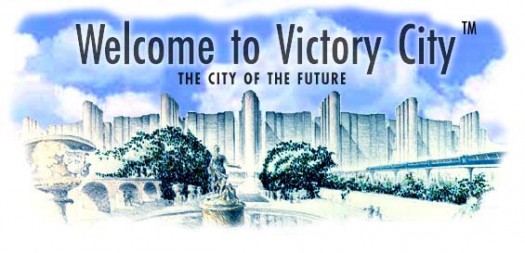A Placemaking Journal
Planning for People

It wasn’t intentional but a look back at the past few weeks of PlaceShakers reveals that we’ve been working a bit of a theme. It began when I wrote about the failure of planners to ask meaningful questions, and how that not only sets the stage for unmet community expectations, but devalues the art and craft of urban design at the same time. I then followed it up with a look at the other side of the coin — corrosive elements lurking within communities that undermine collaborative progress.
At the start of this week, Hazel Borys considered remedies for severed human connections and how urban form can help address the loneliness that so often accompanies aging, and then yesterday, municipal planner Amanda Thompson wrote to the critical role of meaningful leadership and engagement in a city’s placemaking efforts.
At the heart of it all: planning for people.
A more novel concept than you might think. In fact, a madman named Lyndon Lorenz has created “Building is People,” a fantastic video mash-up of just how different — how top-down autocratic — things were just a half century ago.
Talk about a sales pitch!:
Welcome to the metropolis of tomorrow. Access will be easy into the heart of the city — the core.. There will be new areas for living and working.. Multiple highways will carry a life-stream of minerals and other natural resources to the thriving industries of tomorrow. Highways too will open up the great expanses of desert land, one day to be made fertile again by waters pumped from sea and river, from dams and mountain streams.
Hmmmm. Now consider that in retrospect. A presupposition of what people need (or want!), answered by nothing more than unwavering faith in the new and modern. And how’d that work out? Easy access into the heart of the city? In some places, sure, but only because their downtown cores hollowed out. And in others, where downtown remained relevant, spokes of clogged highways are the more likely reality.
Meanwhile, the life-stream of resources to the thriving industries of tomorrow doesn’t seem like such a game changer in the face of outsourced production in the knowledge economy, and our colonizing of the great expanses of desert gave us what? A whole lot of unsustainable sprawl and the very real prospect of water depletion.
This is what happens when you plan a city around an imagined tomorrow that’s in large parts the same as today, only shinier and more organized. We’re people, not organizing units. And what it takes, at the most basic level, to accommodate us, nurture us, and bring us together is a question already answered.
We need an urban form proven to adapt to and weather change, progress and the promise of the unexpected. And that form already exists. In fact, it’s been adapting and improving incrementally for 5,000 years.
The traditional city serves people. And, through thoughtful and ongoing collaboration with those people, it will continue to do so.
Whatever the future throws our way.
–Scott Doyon
If PlaceShakers is our soapbox, our Facebook page is where we step down, grab a drink and enjoy a little conversation. Looking for a heads-up on the latest community-building news and perspective from around the web? Click through and “Like” us and we’ll keep you in the loop.










